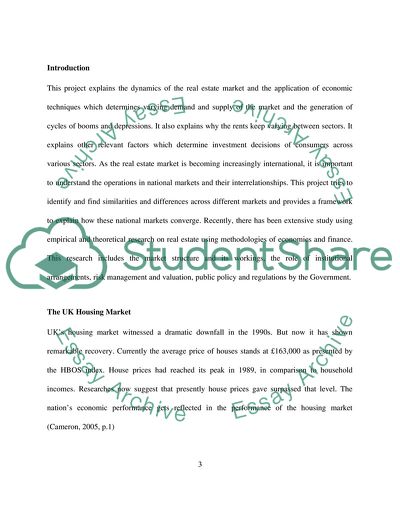Cite this document
(The Main Features of Real Estate Economics Coursework, n.d.)
The Main Features of Real Estate Economics Coursework. Retrieved from https://studentshare.org/macro-microeconomics/1740250-real-estate-economics-assignment
The Main Features of Real Estate Economics Coursework. Retrieved from https://studentshare.org/macro-microeconomics/1740250-real-estate-economics-assignment
(The Main Features of Real Estate Economics Coursework)
The Main Features of Real Estate Economics Coursework. https://studentshare.org/macro-microeconomics/1740250-real-estate-economics-assignment.
The Main Features of Real Estate Economics Coursework. https://studentshare.org/macro-microeconomics/1740250-real-estate-economics-assignment.
“The Main Features of Real Estate Economics Coursework”. https://studentshare.org/macro-microeconomics/1740250-real-estate-economics-assignment.


